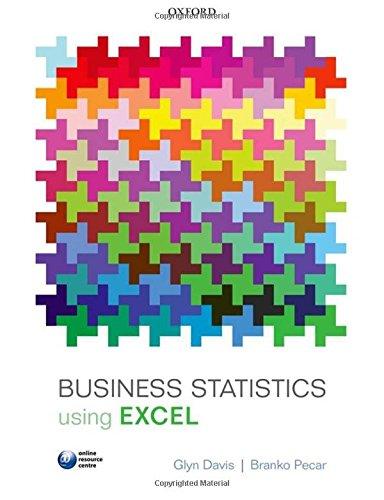A local authority surveyed the travel preferences of people who travelled to work by train or bus.
Question:
A local authority surveyed the travel preferences of people who travelled to work by train or bus. The initial analysis suggested that one in five people travelled by train to work. If five people are interviewed, what is the probability that:
(a) Exactly three prefer travelling by train, P(X = 3);
(b) Three or more prefer travelling by train, P(X ≥ 3); and (c) fewer than three prefer travelling by train, P(X < 3).
This experiment can be modelled by a binomial distribution as:
• Five identical trials (n = 5);
• Each trial can result in either a person travels by train (success) or does not travel by train (failure);
• The outcome of each trial is independent;
• The probability of a success (P(travels by train) = p = 1/5 = 0.2) is the same for each trial;
• The random variable is discrete.
The random variable, X, represents the number of people travelling by train out of the five people interviewed. From the information provided we note that P(success) = P(prefer train) = p = 1/5 = 0.2, P(failure) = 1 − p = q = 0.8, and number of identical trails n = 5.
Step by Step Answer:






